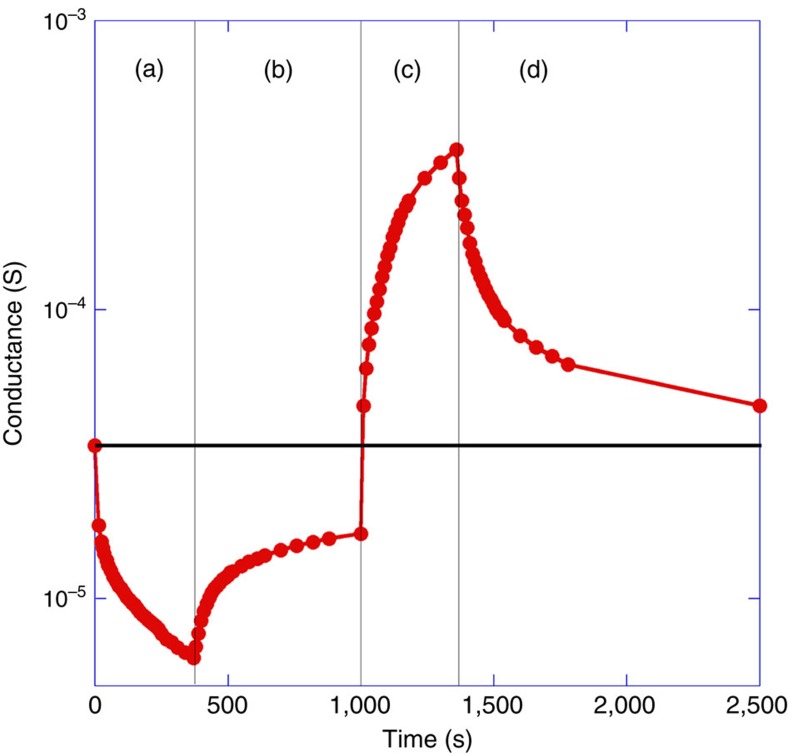Figure 5. Applying a voltage across the film/substrate interface.
Measurements of the average conductance between electrodes 1 and 7, plotted versus time when a voltage is applied between electrodes 4 and 4b using a battery (see Fig. 1 for the electrode configuration). Region (a): Applying 1.6 V, with the film at a higher potential than the substrate, moves oxygen ions from YSZ into the In2O3. This reduces the oxygen vacancy doping of the film, thus reducing the measured conductance. Region (b): When the battery is open-circuited, the conductance relaxes towards the initial value as the film's oxygen vacancy concentration returns to the equilibrium value determined by the temperature and pO2. Region (c): Applying 1.6 V, with the substrate at a higher potential than the film, moves oxygen ions from In2O3 into the YSZ. This oxygen vacancy dopes the film, thus increasing the measured conductance. Region (d): Removing the battery again results in the measured conduction relaxing towards the starting value as the film oxygen vacancy concentration returns to that set by the temperature and pO2. The measurements were taken at 330 °C with pO2=1.5 torr.

